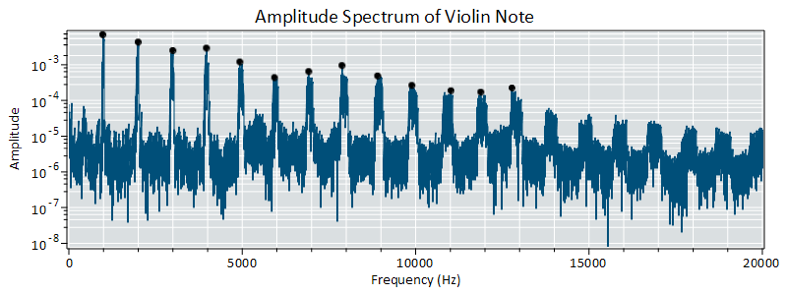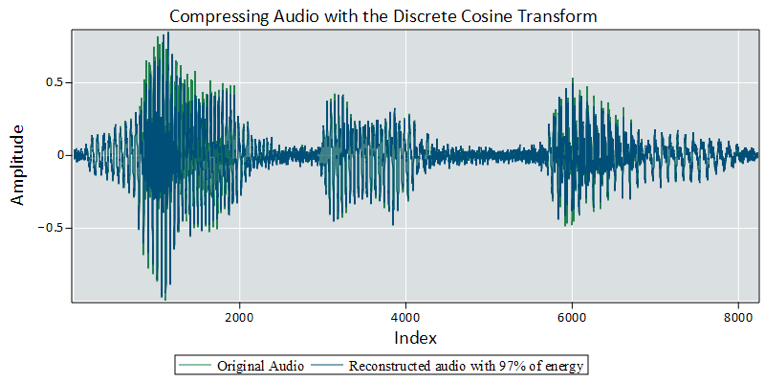Maximizing the Value of Your Work with Digital Signal Processing

 This guest contribution on the Altair Blog is written by Samir Khan, Maple Product Manager at Maplesoft, a member of the Altair Partner Alliance.
This guest contribution on the Altair Blog is written by Samir Khan, Maple Product Manager at Maplesoft, a member of the Altair Partner Alliance.
Digital signal processing techniques are vital to many technologies and are used widely by a broad swathe of engineers. A biomedical engineer may want to smooth pulse data, an automotive engineer may want to analyze an engine sound to identify characteristic frequencies, or an electrical engineer may want to model ultrasound transmission through a band gap medium.
While traditional signal processing tools help you do the number crunching, they don’t maximize the overall value of your work. The value of your work is the sum of several tangible and intangible factors, and includes:
- calculations - the core of your analyses
- documentation – the thought processes and assumptions behind the calculations
- deployment – the methods with which your analyses can be shared with clients and colleagues
- extensibility – the degree to which your analyses can be extended for different or more sophisticated problems
- auditability – the ease with which your work can be verified by you or someone else, and
- reliability – the degree to which your calculations can be trusted.
Most signal processing tools only address the first requirement – the calculations. Maple, however, satisfies all the requirements; this, in effect, helps you manage and structure your technical work.
Our users often report what they’re doing with Maple. Recently,
- a mechanical engineer identified the location of a fault in a gearbox by applying cepstrum analysis
- an audio engineer fine-tuned the cosine transform-based compression of a voice signal, dramatically reducing storage space while maintaining legibility
- and, using Lomb-Scargle analyses, an astronomer inferred the existence of an exoplanent by analysing the wobble of stars.
In all cases, users documented their work using rich text and in-line plots, and deployed their analyses using the run-time environment.

Figure 1. Amplitude Spectrum of a Violin Note
Signal preprocessing and generation Maple 2019 expands the range of signal processing tools, and includes new tools for cepstrum analysis and the spectral analysis of irregularly spaced data. This is in addition to Maple’s extensive range of signal processing tools for analyzing and manipulating data in the frequency and time domains. The current package includes tools for:
- Signal Statistics and analysis
- Filtering and windowing
- FFTs and DCTs, wavelets, cepstrum, and Lomb-Scargle analysis
- Periodograms, spectrograms, Bode plots, Nyquist plots and more
- Data import and export
- Audio and image processing

Figure 2. Audio Compressed with a Discrete Cosine Transform
In addition to its signal processing capabilities, Maple also offers over 5000 functions covering virtually every area of mathematics, including matrix computation, linear algebra, differential equations, data analysis, optimization and statistics. Maple provides the ability to perform symbolic, numeric and hybrid computations allowing for flexible problem solving and provides solutions beyond the reach of any other software system.
From autonomous vehicles to biometric recognition, the applications of signal processing in today’s technologies are endless. Maple is one of the best examples of an interactive math system and is specifically designed for describing, investigating, visualizing, and solving mathematical problems, including those that utilize signal processing.
More information on the Signal Processing Package can be found in the webinar, Discover the Signal Processing Package in Maple.




